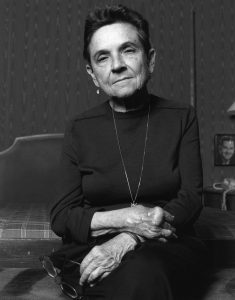Queer theory works to break through reader’s immediate assumptions that most pieces of writing they engage with are set within a heteronormative society. It looks at ways the author subverts this heteronormative culture, whether it be intentional or not. Queer theory looks at both who individuals  are within their gender and their sexuality.
are within their gender and their sexuality.
Like feminist theory, queer theory puts both gender and sexuality on a sliding scale. No one is completely masculine or feminine and no one is completely heterosexual or homosexual. While there has been progress made for the queer community, it is still facing discrimination from homophobia (fear or distain for homosexual love) or heteropatriarchal (biased towards both patriarchal and heterosexual values). Under this, gender studies look at the performative art of “drag” of masculinity and femininity as gender itself. Characters in a story may be labeled as one gender or perform in a way that could be recognized as further one way or the other. Queer theory recognizes the freedom and fluidity of sexuality and gender and looks at literature in ways that does not push either completely for one side or the other.
Adrianne Rich contributed to queer theory in the form of lesbian criticism, through the identification of the “lesbian continuum.” The lesbian continuum lives through the self-identified experiences that a woman can have throughout the line of her life. They do not have to be sexual, it can be a female-female connection of joy they have that they identify for themselves. This way, a woman can move in and out the continuum through these experiences, or can remain within it.
have throughout the line of her life. They do not have to be sexual, it can be a female-female connection of joy they have that they identify for themselves. This way, a woman can move in and out the continuum through these experiences, or can remain within it.
